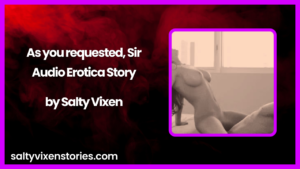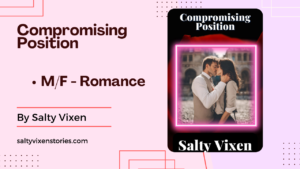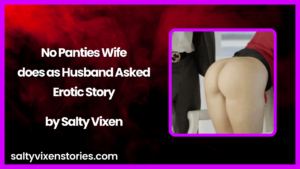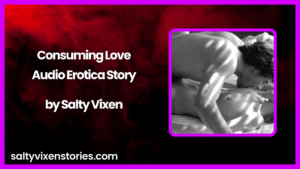As an author, you will definitely want to get news out to reporters and media about your accomplishments – the publication of your book, any reviews, book signings, and interviews. The most direct way to do this is to write a press release and then send it (usually over email) to those individuals who can transmit it to their readers.
While it is of course beneficial to hire a publicist, this may be an infeasible expense at the start of your career as an author. With this in mind, we thought we would provide you with the instructions needed to write a press release on your own.
Include your logo at the top: It is great to have a logo, but if you don’t have one, just write your author name in large letters in the top center of the page.
Put “FOR IMMEDIATE RELEASE”: Naturally, you want media people to know that this information is urgent. Put this phrase in capitals on the left hand side under your logo.
Write a catchy headline: It is not always easy to write something “catchy”, but the primary rule is to be brief. “Brevity is the soul of wit,” says Shakespeare, and nowhere is this more true than with headlines. You want your language to be positive and dynamic.
Short subheading of 11-25 words: as with most subheadings, this should add information to what is stated in the headline.
Body of text: The body of your text should amount to a total of 200-400 words. Paragraphs should be no longer than 2-3 sentences. In the body, you want to focus on why the information you are relating is important to your audience. Think like a reporter: you want other people (not just you) to appreciate the value of this story.
Start with putting the location and date, both in italics, followed by a dash. Then begin the body. You should summarize your main message in the first paragraph, using the 5 W’s.
Intersperse your text with some quotes from yourself. These quotes aren’t from your book, but rather are from you, presented in third-person, as if you were being interviewed. Hence, if your name is Jane Doe, you would write: “I see my self-help book particularly helping women who are in middle age,” said Doe. Put in two to three quotes.
“About” section: After you have finished with the body of your text, include an “About” section, with your name, e.g. “About Jane Doe”. This should be 80 words or less, and should still have a sales element to it. Rather than talking about your three kids and two cats, you would write, “Jane Doe has been an avid participant in the self-help movement for years, having taken post-graduate courses in psychology and started a blog that can be viewed at [website address]. [TITLE] is her first book.”
Contact information: Put down your author name and any contact information that you feel comfortable with. These days, an email address is essential, and you can also reiterate your website address. As many people increasingly communicate via social media, it is helpful to also mention your Facebook page. (You can create a “Business Page” on Facebook, which is accessible through your personal page.) As for including your phone number, that’s up to you!
Finally, putting ### ends the press release: For whatever reason, using three “number” signs (i.e. “pound” or “hash”) indicates that your press release is finished. Put these in the middle of the page at the bottom of your release.




















